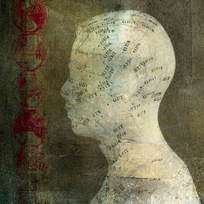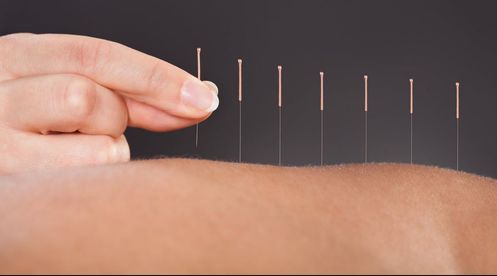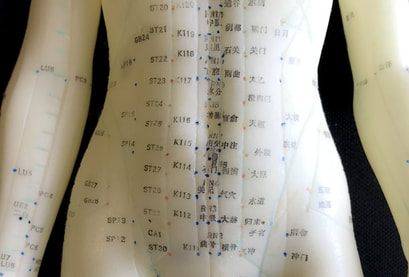ABOUT ACUPUNCTURE
|
Acupuncture is the gentle placement of hair-thin needles into the superficial layers of the skin at strategic points on the body. Each year millions of people in the United States receive acupuncture treatments to ease pain and address both acute and chronic physical, emotional and psychological conditions. With few if any side effects, acupuncture restores balance and promotes the body’s tremendous natural healing capacity.
How Does Acupuncture Work?
Physiologically, acupuncture points are located at places where nerves, muscles and connective tissue are densely bundled. Stimulating the fascia above these bundles subtly shifts signals to the brain. This has a number of systemic effects, including promoting blood flow, stimulating the immune system, and releasing the body's natural pain relievers. It also stimulates the parasympathetic nervous system, shifting the body from fight or flight mode to digest and heal. Acupuncture has three primary effects: it relieves pain, reduces inflammation, and restores homeostasis. Homeostasis refers to the body's ability to regulate its environment and maintain internal balance. All diseases involve a disturbance of homeostasis, and most diseases also involve some degree of pain and inflammation. Research over the last several decades suggests that many serious conditions like heart disease previously thought to have other causes are in fact primarily caused by chronic inflammation. If we understand that most diseases are characterized by pain, inflammation, and disturbance of homeostasis, we begin to understand why acupuncture can be so effective for so many conditions. To learn more about the biological mechanisms of acupuncture, see How Acupuncture Works. For links to up-to-date research studies, news articles, and recommended books, visit our Related Links page or visit us on Facebook. You can also read about Acupuncture for Specific Conditions. Traditional Theories of Acupuncture
According to traditional theory, acupuncture is a technique for balancing the flow of Qi (pronounced chee), a type of energy which flows through pathways called meridians in your body. Meridians are similar to blood vessels, but are less conspicuous. They flow between physical structures, such as between muscle and bone or between bone and tendon. Each meridian corresponds to a different functional system. Interruptions in the flow of these meridians are correlated with physical and emotional illness. These interruptions may be due to a variety of events, including physical or emotional trauma. By inserting needles into specific points along the meridians, acupuncture practitioners assist the body in removing blockages in the flow of Qi, resulting in relief of symptoms and overall better health. Historically, proof of the existence of meridians has been elusive in biomedical imaging research. Recent studies, though, have located a new microstructure system called the primo vascular system that some believe may be the physiological basis of acupuncture meridians. Research is ongoing. |
Looking for more information?
Learn more about Eastern Medicine, read about Five Element Theory,
or check out Our Philosophy.
Questions? Contact Us
Or Schedule An Appointment Online
Learn more about Eastern Medicine, read about Five Element Theory,
or check out Our Philosophy.
Questions? Contact Us
Or Schedule An Appointment Online




